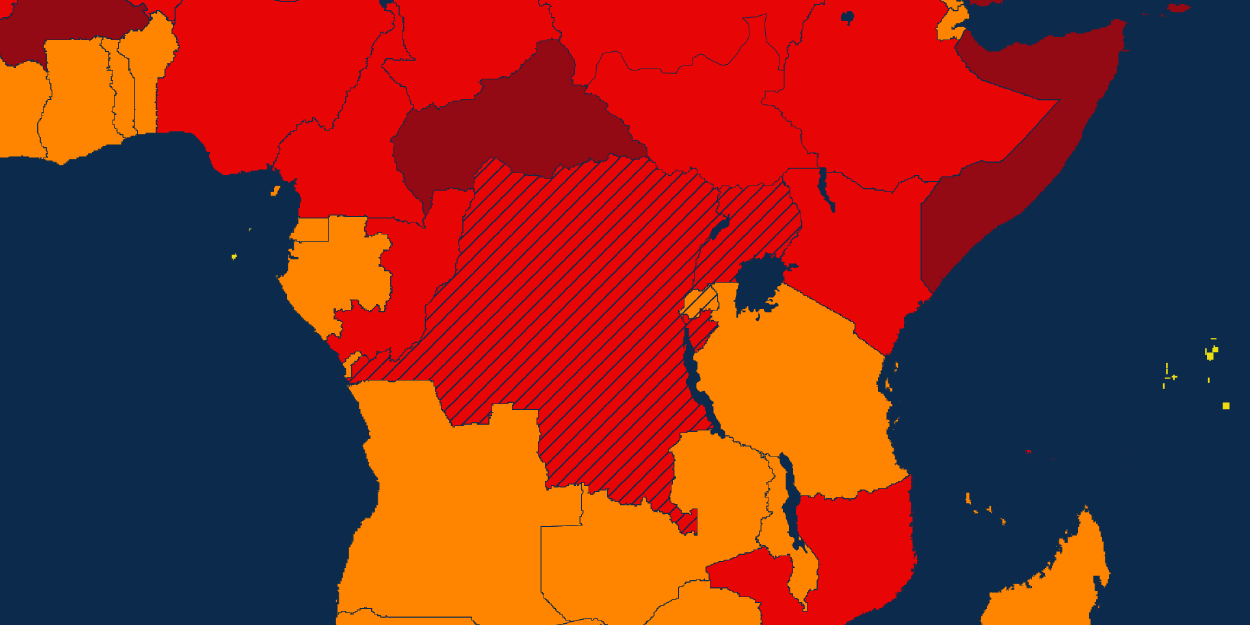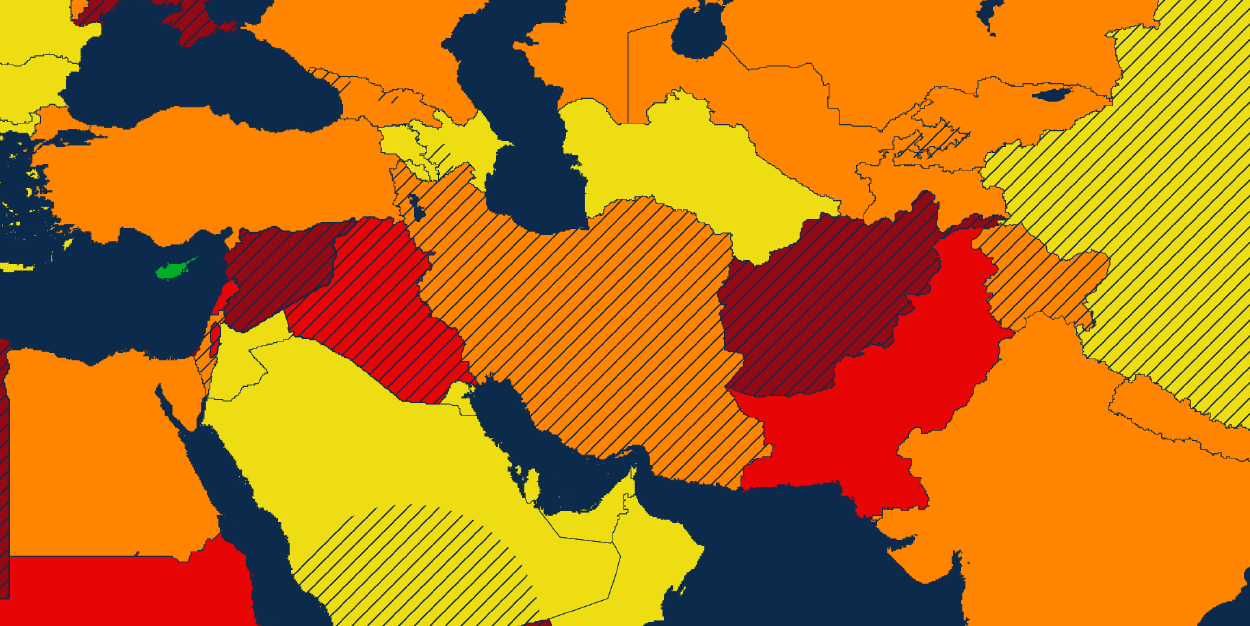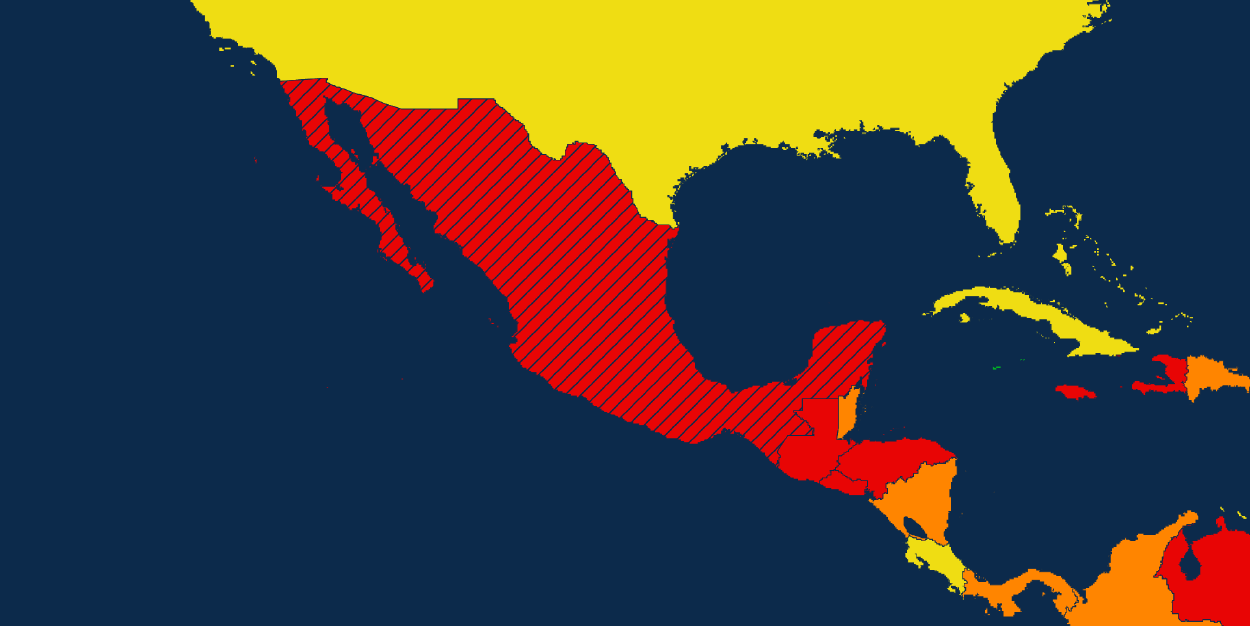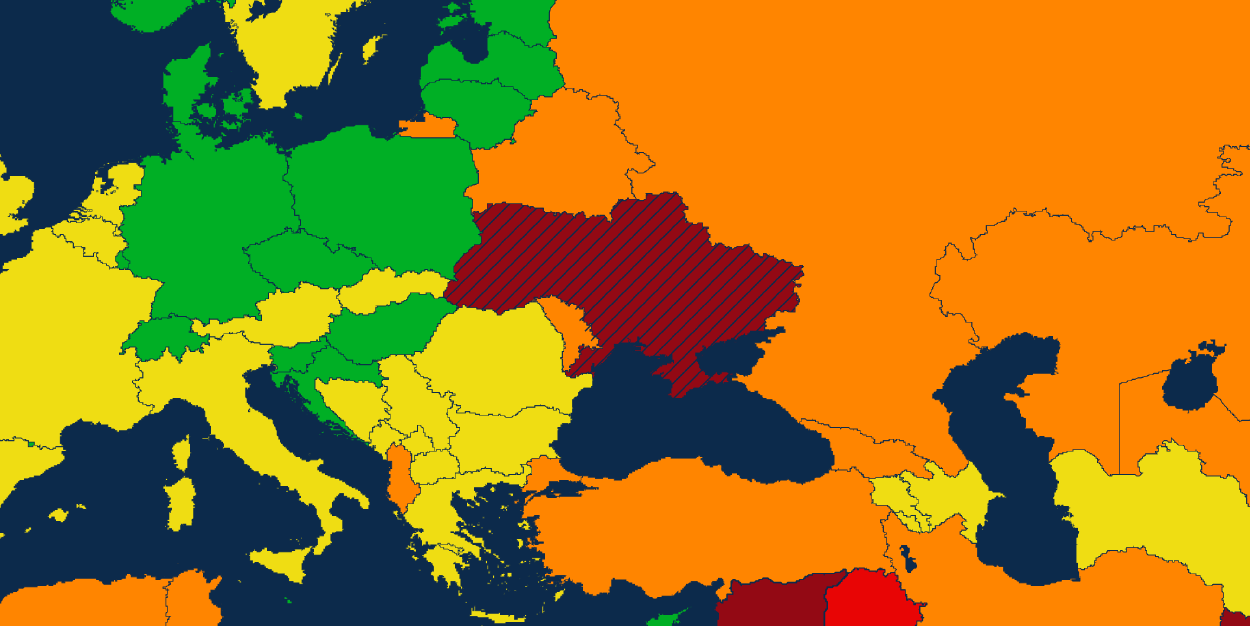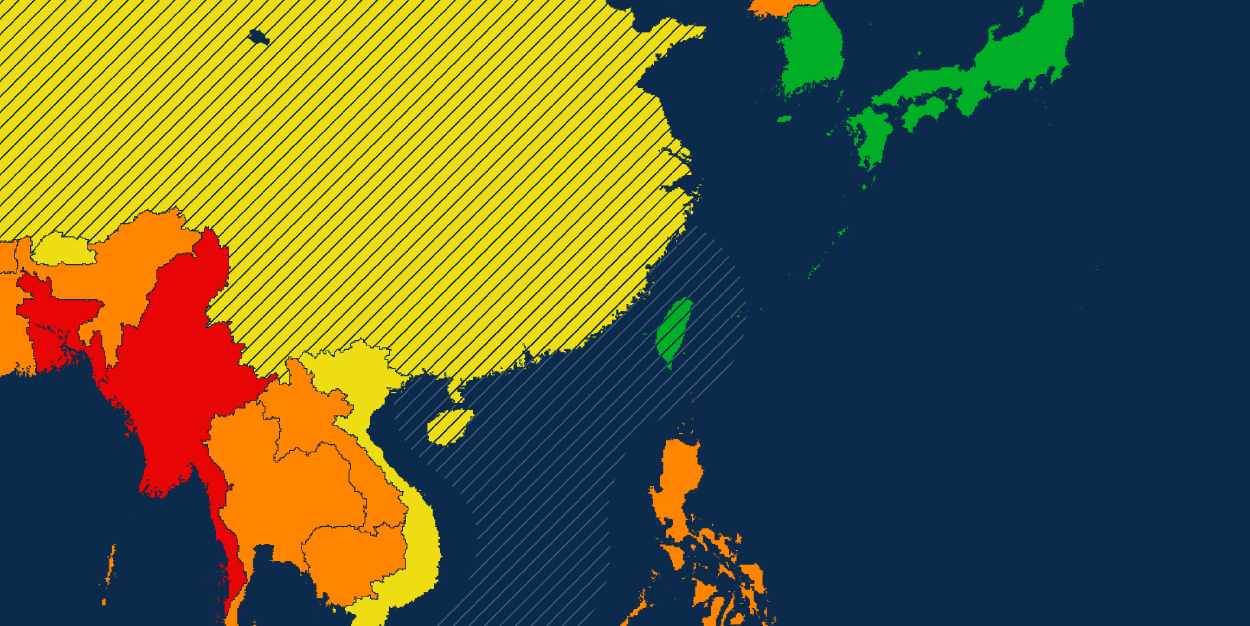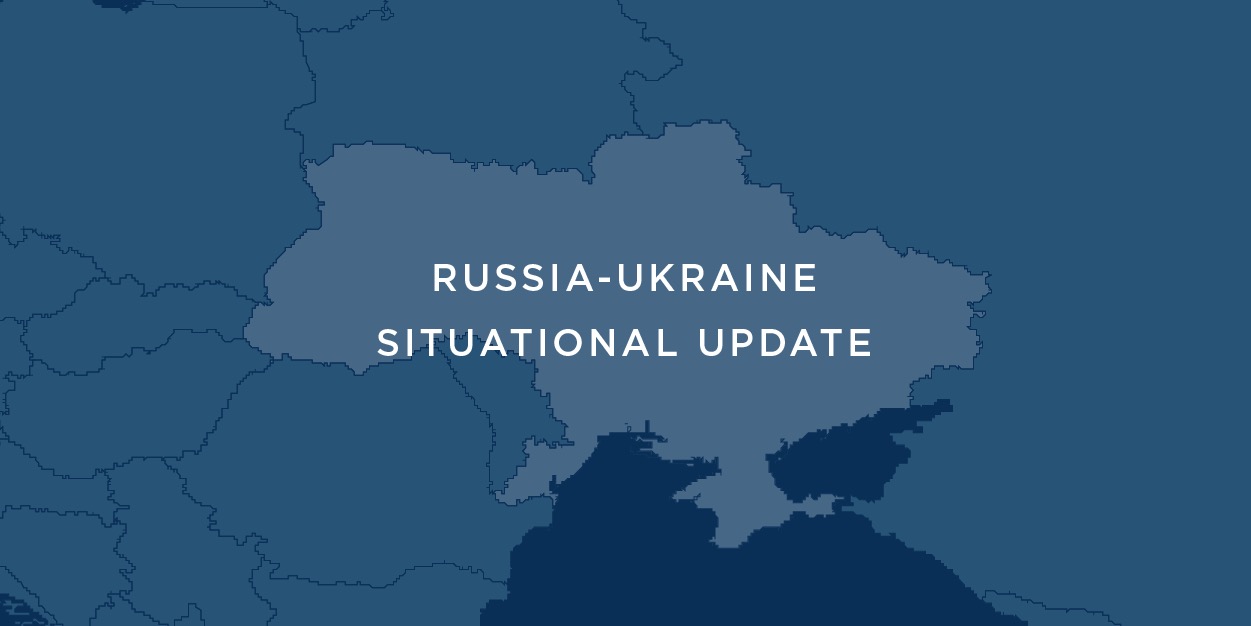On 10 October, Russia launched more than 80 missiles, dozens of kamikaze drones, and artillery at civilian targets, in Kyiv, Kharkiv, Odesa, Lviv, and elsewhere (map below). The strikes targeted critical infrastructure, knocking out power in multiple areas, including Kyiv. At least 11 civilians have reportedly been killed, with dozens more injured. Today's strikes are the first time Russia has targeted Kyiv and western Ukraine in months and mark the widest-ranging strikes on Ukraine since the opening hours of the conflict.
The strikes were likely coordinated by Russian Air Force Gen. Sergei Surovikin, who was recently named as commander of all Russian troops in Ukraine. Surovikin is known for overseeing the bombardment of Aleppo.
The mass missile strikes are in retaliation for an apparent truck bombing of the Kerch Strait bridge linking Crimea to Russia, likely carried out by Ukrainian special operatives on 08 September. Parts of the bridge were destroyed; heavy trucks will not be permitted until repairs are made. The attack is highly symbolic, as it represents the only physical link between Russia and Crimea and is an important symbol for President Putin who devoted significant political capital towards its construction.
- Kyiv Targets
- Shevchenkivskyi and Solomianskyi districts.
- The "Glass Bridge" in central Kyiv
- The Philharmonic building, Kahnenko and Shevchenko museums, and Shevchenko Park were damaged by nearby strikes.
- An intersection near the National University complex.
- Key energy infrastructure in Lviv, Poltava, Sumy, Kharkiv, and Ternopil regions were damaged and residents have experienced associated disruptions to power, heating, and internet services.
- Train service throughout the country may experience cancellations and delays due to damaged overhead lines.
- The waterworks in Kharkiv were shut down due to damage sustained in strikes.
ANALYSIS
- The Russian strikes are meant to act as a show-of-force deterrent to further Ukrainian attacks on Russian infrastructure.
- The appointment of Gen. Surovikin sends a clear message that Russia may take a more brutal approach to the conflict, especially when it comes to airstrikes and the targeting of critical civilian infrastructure deeper inside Ukraine.
LOOKING AHEAD
- There is renewed concern over Belarussian involvement in the conflict. President Lukashenko said earlier today that Ukraine was preparing an attack on Belarus. Such an incident would almost certainly be a false-flag event meant to justify Belarussian involvement.
- Its entry into the conflict could help as a stopgap measure to augment Russia's highly depleted forces. Furthermore, we could soon see more Russian attacks on Kyiv and western Ukraine emanating from Belarus.
- This news comes amid fresh reports of Russian troops entering Belarus by train.
- A renewed push into northern Ukraine from Belarus in the coming days or weeks is now possible.





